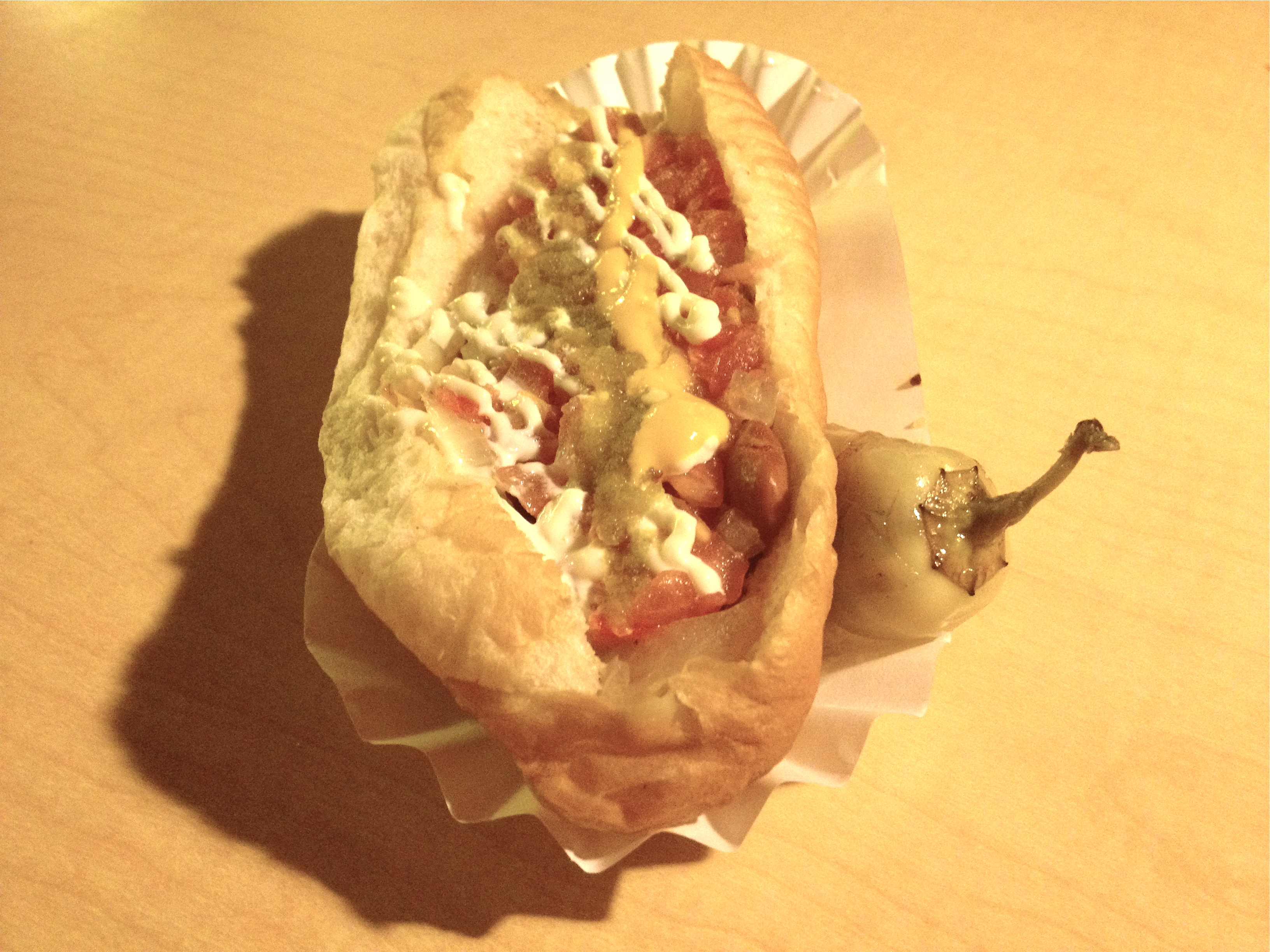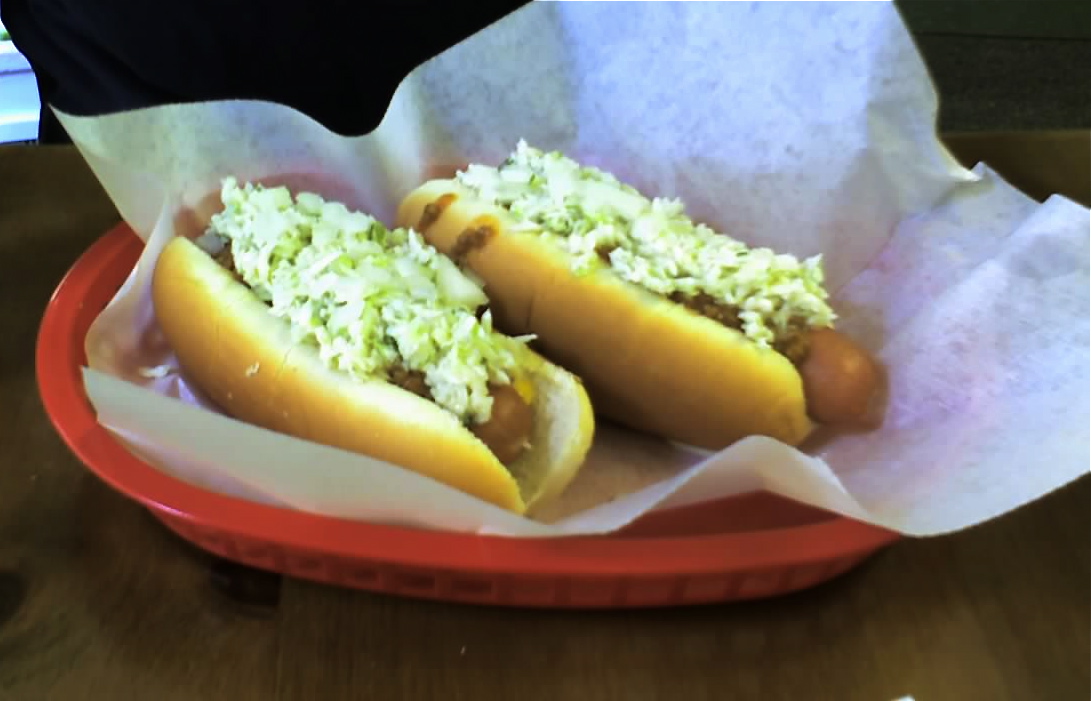Ketchup, mustard and relish are classic toppings for any hot dog. But around the nation, different regions have come up with their own spin on the classic reinventing the cultural identity of the typical hot dog.
The toppings change depending on where the wiener is from.
Down in the southwest comes the Sonoran Hot Dog. It is different from the rest with a few important ingredients. It is widely known throughout Tucson.
The Sonoran Hot Dog starts with a hot dog wrapped in bacon that is placed inside a special bun. This bun is different from your typical hot dog bun in that it is closed on the sides ensuring none of your toppings will fall out.
The hot dog is then topped with pinto beans, onions, tomatoes, mayonnaise, ketchup, mustard and of course, the signature roasted green chili on the side.

According to Iva Ochoa, an employee at BK Carne Asada and Hot Dogs, the ingredients and name of the hot dog came from Sonora, Mexico.
Ochoa said he believes the Sonoran Hot Dog is important to Tucson because a high number of Hispanics in the area. It allows for them, as well as others and tourists to eat something that is authentically Mexican.
How should one first approach the hot dog?
“With everything on it. I will recommend it to anybody,” Ochoa said. “Don’t take away the beans or anything… leave it just the way it is.”
So, when you find yourself in one of these hot dog areas, be sure to give it a try… with everything on it.
West Virginia for example, distinguishes its signature hot dog by topping it with mustard, chili sauce, coleslaw, and chopped onions. According to Stanton Means, member of The West Virginia Hot Dog Blog, different parts of West Virginia have variations on the theme, but the common elements are sweet, creamy coleslaw and chili.

“Based on my experience people who did not grow up eating chili and slaw on a hot dog are very reluctant to try it, but once they do try it with an open mind – not being facetious here – they love them and it becomes their preferred hot dog,” Means said.
Legend has it that the first hot dog served with slaw was during the Great Depression, when there was plenty of weenies and cabbage, according to Means.
The slaw-topped dogs caught on in the area, deciding to use slaw as a standard ingredient.
Although this unique topping may seem weird to those outside of West Virginia, it couldn’t be more normal for Means and the area.
“When we travel outside our state and order a hot dog with everything it doesn’t include slaw, and if we ask to have slaw as a topping we are greeted with all sorts of strange looks,” Means said.
As for Chicago, their hot dog has a different take. Starting with the poppy seed bun, relish, mustard, pickle slice or spear, onion, tomato, sport peppers, and celery salt.
For Chicagoans, the style couldn’t be more important.
“Well, I grew up in one of the suburbs of Chicago and have been eating Chicago Dogs my whole life,” said Mike Kite, founder of the Hot Dog Chicago Style Blog. “I thought that everyone ate hot dogs like this. I didn’t know any different. If I was raised in the South, I would probably be eating slaw dogs instead of Chicago Dogs.”
The “Chicago Style” dog, like the West Virginia’s, also started back during the Great Depression, according to the Vienna Beef website. The cheap dog boomed when money was scarce and offered conveniently on street corners.
“I think that the Chicago Dog is engrained in Chicago’s history and brings people together from many walks of life,” Kite said. “There are countless places that serve Chicago Dogs so the economic impact to the Chicago area is huge.”


